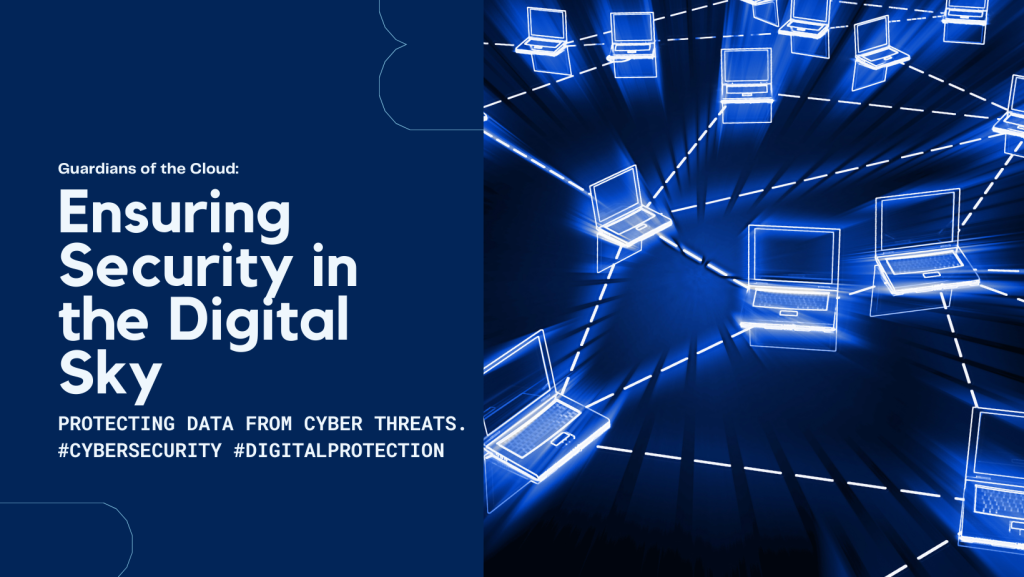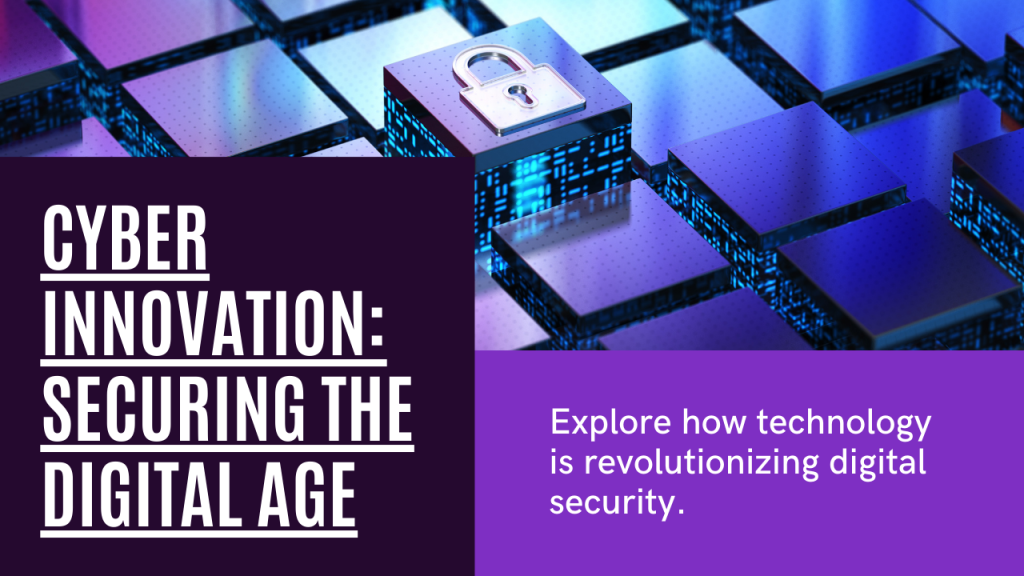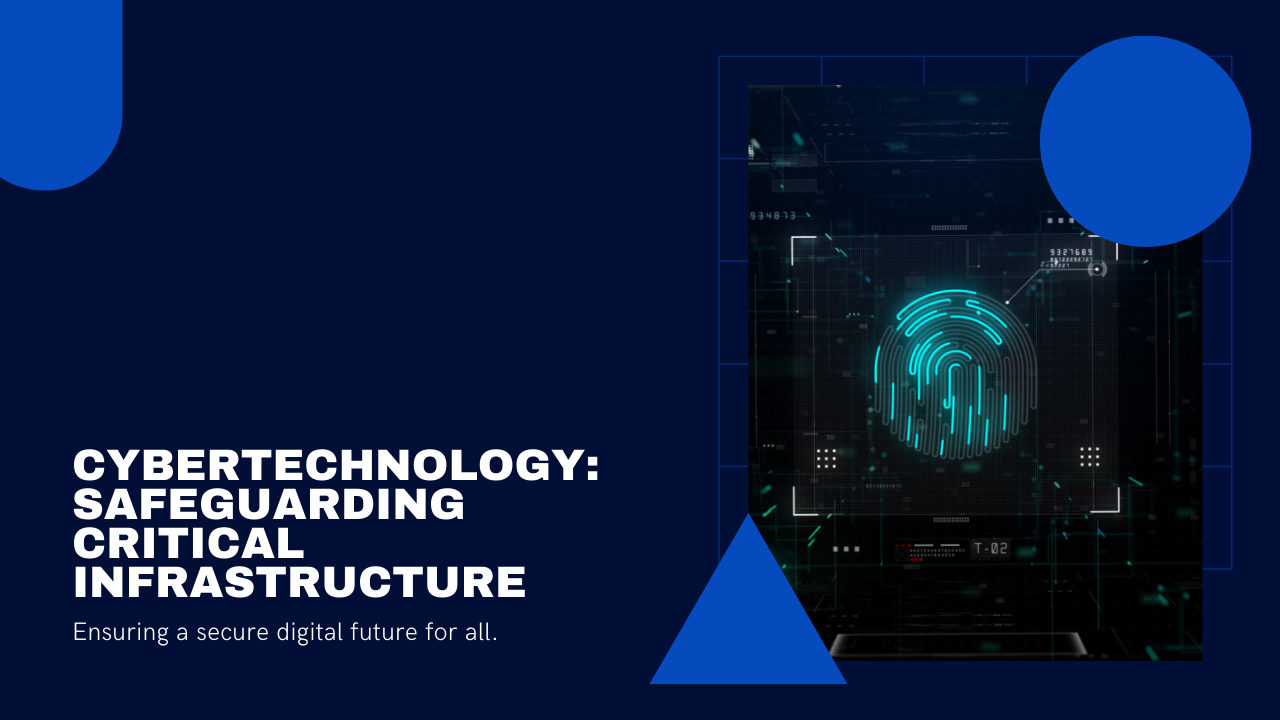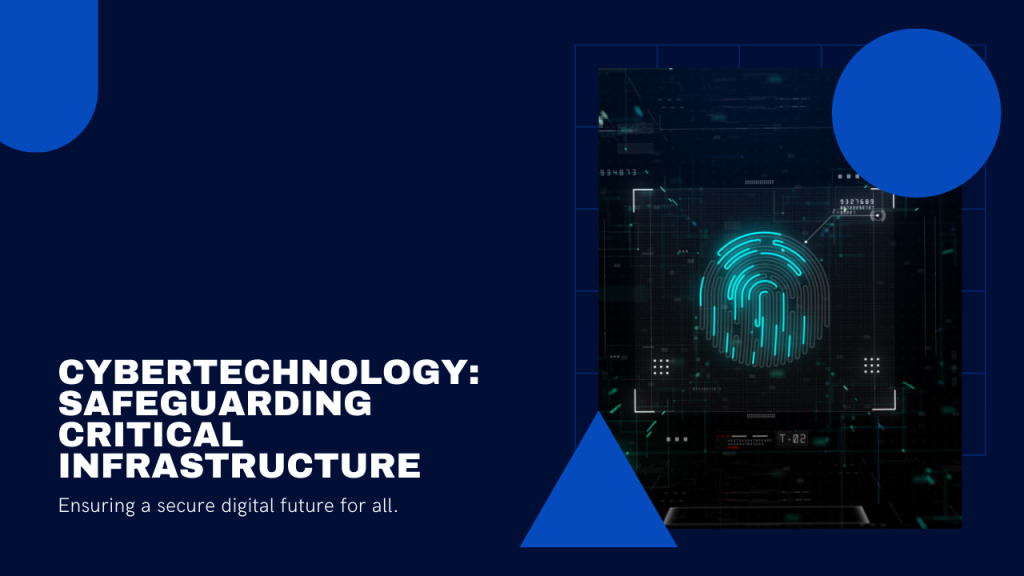In an increasingly interconnected world, where data is the lifeblood of businesses and individuals alike, cloud security has emerged as a critical concern. As organizations migrate their operations to the cloud, they must navigate a complex landscape of threats and vulnerabilities to safeguard their valuable assets. Let’s explore the challenges of cloud security and the strategies employed by industry experts to protect data in the digital sky.
- Understanding the Risks: Navigating the Cloud Security Landscape
The shift to cloud computing has brought unprecedented opportunities for innovation and efficiency, but it has also introduced new risks and challenges. From data breaches and cyberattacks to misconfigurations and insider threats, organizations face a multitude of security risks when storing sensitive information in the cloud. Understanding these risks is the first step towards developing a comprehensive cloud security strategy that addresses potential vulnerabilities and safeguards against emerging threats.
- Implementing Robust Security Measures: Fortifying the Digital Fortress
To protect against cloud security threats, organizations must implement robust security measures that encompass all layers of their cloud infrastructure. This includes deploying encryption to protect data both in transit and at rest, implementing multi-factor authentication to prevent unauthorized access, and regularly auditing and monitoring cloud environments for suspicious activity. Additionally, organizations should establish clear security policies and procedures to govern the use of cloud services and ensure compliance with industry regulations and best practices.
- Embracing Cloud-Native Security Solutions: Innovating for the Digital Future
As cloud technology continues to evolve, so too must the approach to cloud security. Cloud-native security solutions leverage the scalability and flexibility of the cloud to deliver real-time threat detection, automated incident response, and continuous compliance monitoring. By integrating security directly into cloud environments, organizations can streamline their security operations, reduce complexity, and adapt quickly to emerging threats, ensuring that their data remains protected in the digital sky.
In conclusion, cloud security is a complex and multifaceted challenge that requires a proactive and holistic approach to address effectively. By understanding the risks, implementing robust security measures, and embracing cloud-native security solutions, organizations can navigate the digital sky with confidence, knowing that their valuable data is protected from harm. As technology continues to advance and the threat landscape evolves, staying vigilant and adaptable is essential to ensuring the security of data in the cloud.

















